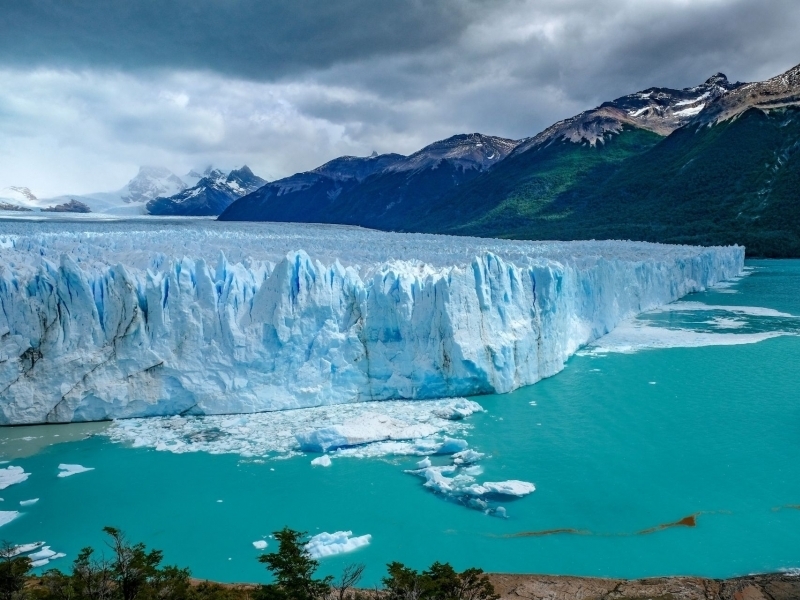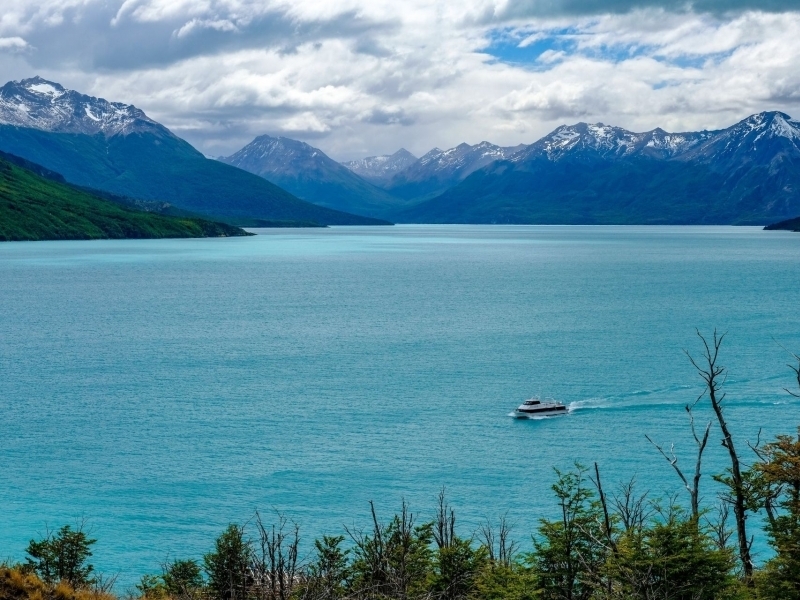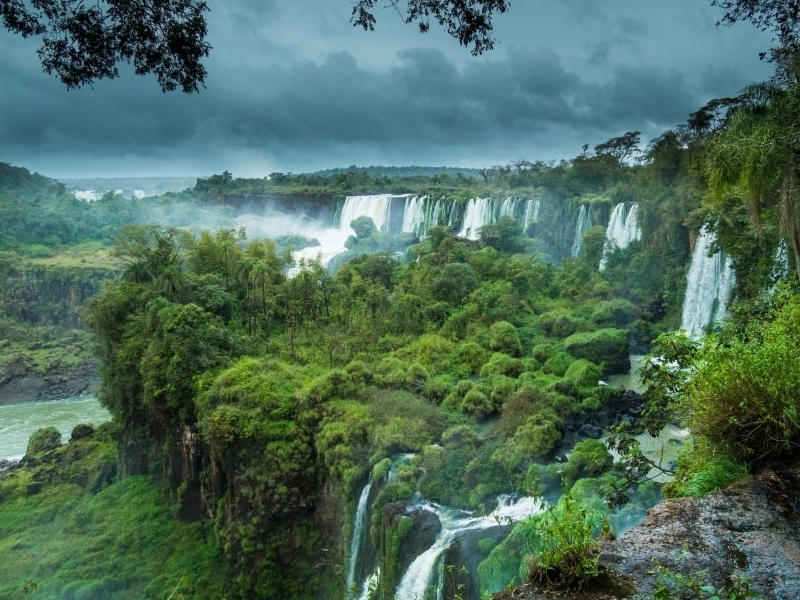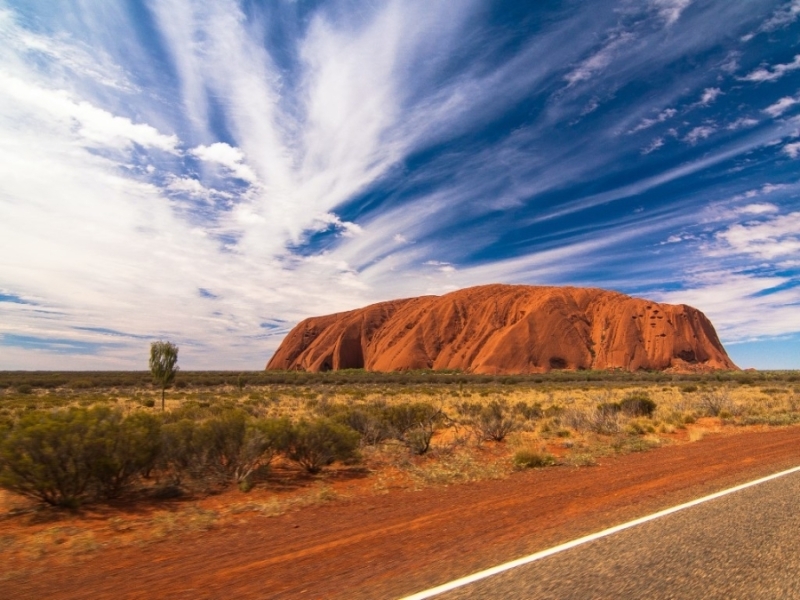News and Testimonials

Los Glaciares National Park
This is the largest protected area in Argentina. It is embedded into a scenario of mountains, lakes, and forests, that includes a vast portion of the Andes mountain range which is practically covered with ice and snow to the west and the arid Patagonian steppe to the east.
Description
Los Glaciares National Park covers the region known as Andes Australes of the Argentine territory, in the Southwest of Santa Cruz province on the shared border with Chile. It was created in 1937 to preserve this vast region dominated by glaciers, with native subantarctic forest and a large number of endemic species of plants and animals. This unique natural wonder has been declared a "World Heritage Site of Humanity" by UNESCO in 1981. The National Park includes a scenario of mountains, lakes and forests, a large portion of the Andes Mountains covered with ice and snow to the west and the arid Patagonian steppe to the east.
Los Glaciares owes its name to the presence of numerous glaciers that are fed by the massive South Patagonian Ice Field - the largest ice field in the Southern Hemisphere after Antarctica - which covers almost half of the Park. Also known as Southern Patagonian Icecap, it feeds 47 large glaciers, of which 13 descend towards the Atlantic Sea. In addition there are more than a hundred smaller glaciers independent of the main ice field.
While the large masses of ice are usually found on our planet at more than 2,500 m.a.s.l., the glaciers of Santa Cruz province have their origin at only 1,500 m.a.s.l.and descend to 200 m.a.s.l., allowing an easy and close access like in no other regions in the world. The melting of this immense water system originates the two great lakes, the Argentino Lake and the Viedma Lake, which flow down to the Atlantic Ocean crossing the whole province through the Santa Cruz River.
The Huemul
This protected area is one of the last places where the Huemul lives, a native deer of the Argentine and Chilean Patagonia. Unfortunately there are only a few hundred left, the most southern in the world, because its population has been drastically exterminated by humans.
Since 1976 it is considered to be in danger of extinction, in 1989 it was declared a Natural Monument in the province of Santa Cruz and in 1996 a National Natural Monument of Argentina.
Perito Moreno Glacier
In the South area of the National Park, it is the most famous of all the glaciers, the Perito Moreno Glacier. It owes its fame to its continuous movement, which produces a cyclical phenomenon of ongoing advance and retreat with spectacular falls of gigantic blocks of ice into the waters. The closest town to the glacier is El Calafate, centre of the South area of the National Park.
Cerro Chaltén or Fitz Roy Mount
At the north end of the National Park they are the highest peaks and the greatest diversity of granite forms of the mountain range, which together with forests, glaciers and lakes, create one of the most extraordinary place in our country. The maximum height is reached by the Cerro Chaltén or Fitz Roy Mount (3,405 m.a.s.l.) seconded by the Cerro Torre (3,102 m.a.s.l.). In this scenario is placed the small town of El Chaltén.
Glacial landscape
Los Glaciares National Park protects a vast region dominated by the glaciers of the Southern Patagonian Ice Field in the Province of Santa Cruz (Argentina). Of gigantic proportions for our human scale, the current ice field and its glaciers are actually a small remnant of what was the last great glaciation, which began 100,000 years ago, had its apogee 20,000 years ago and ended abruptly about 10,000 years or so.
At its moment of greatest advance, the ice completely covered the entire area that can be seen below, revealing only few mountains and peaks above 1,000 metres of ice thickness. The erosive force of those powerful ice bulldozers that advanced towards the West-East direction, gave shape to the two broad flattened valleys with a U shape which today cover Viedma Lake in the north and Argentino Lake in the south.
Source:https://elchalten.com/v4/en/los-glaciares-national-park.php







